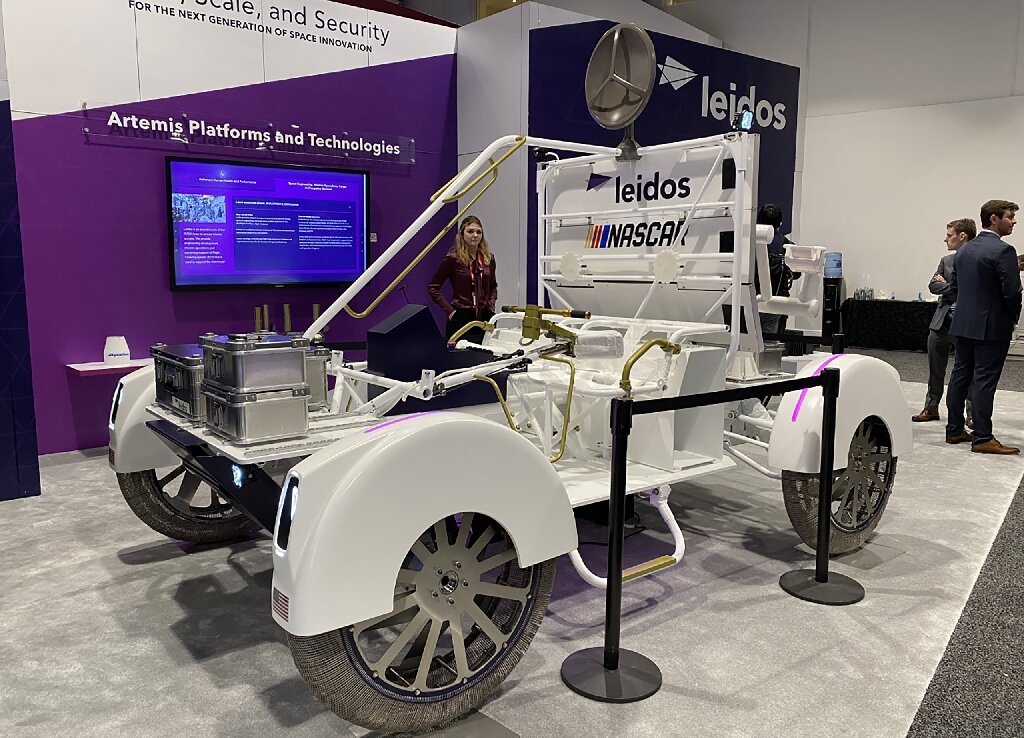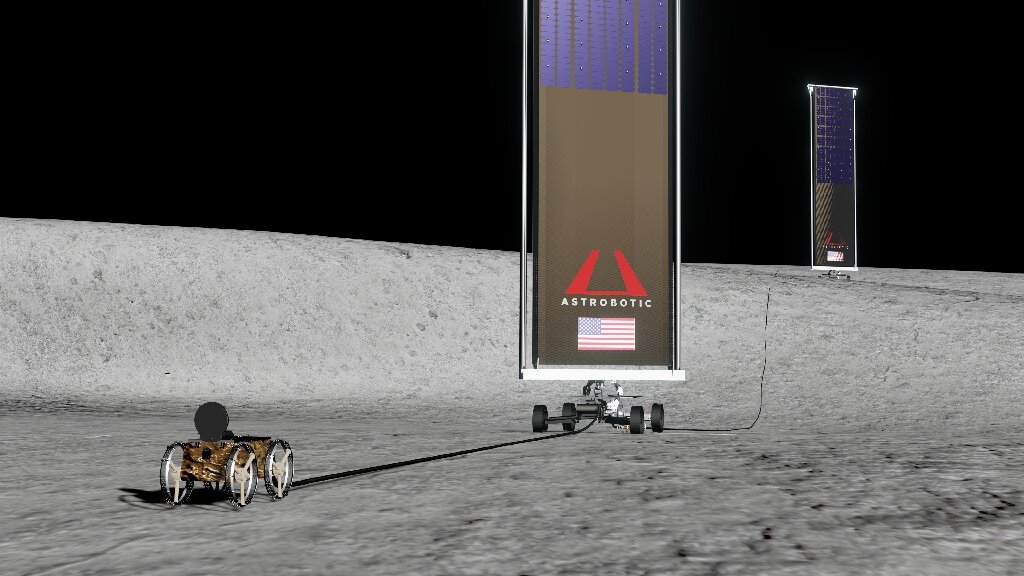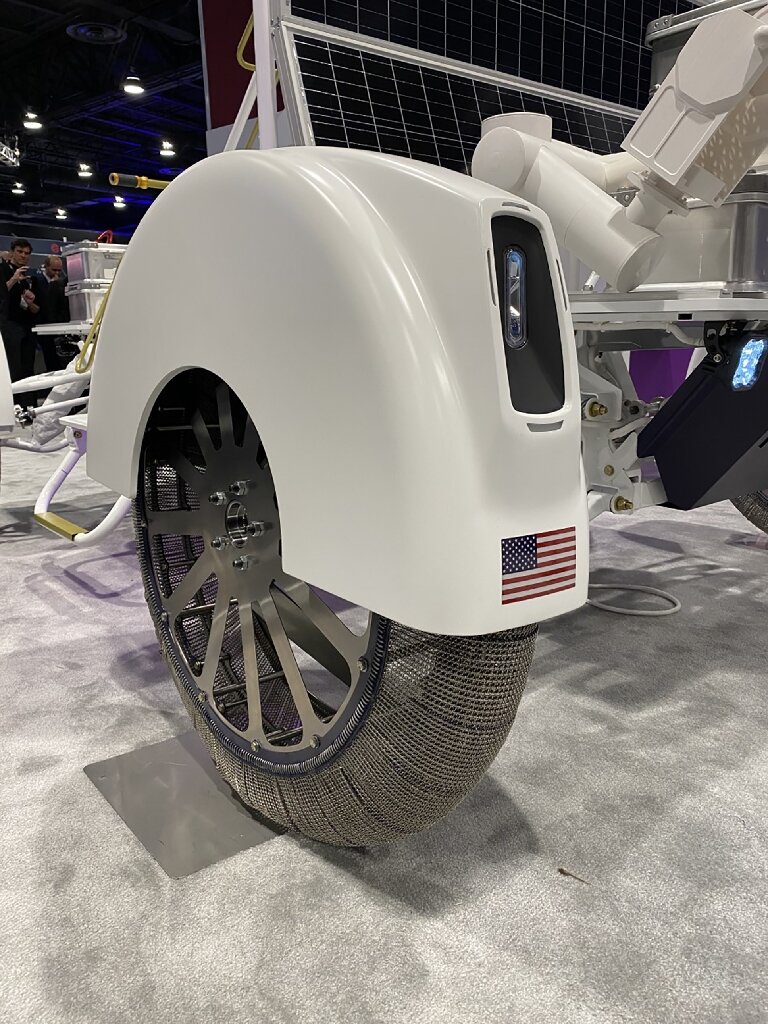The Artemis lunar program should lead to the construction of a settlement on the surface of our moon. This will happen no earlier than in the 2030s. However, the companies have already presented some developments for it. Thanks to them, it will be possible to imagine what the base will look like.

Lunar base will be built in the 2030s
The Artemis program, the first launch of which took place last autumn, provides for more than just the return of people to the Moon. Its ultimate goal is the construction of a permanent settlement on the surface of our planet’s moon.
However, this project will need to use not just modern technologies, but developments that no one has done before. Electricity generators, vehicles and habitat will be required.
But the engineers have time to prepare. Artemis 3, the first mission involving a landing, will take place towards the end of this decade. And the construction of the base will begin only during the seventh mission and should happen already in the 2030s. However, some key technologies of the company, which are partners of NASA, have already been presented.
Communication technologies and energy
The first thing that will need to be done during the construction of the lunar base is to provide communication. “Step zero is communications,” said Joe Landon, CEO of Crescent Space, a new subsidiary of Lockheed Martin that is handling the issue.
They are going to start by placing a couple of satellites in orbit so that on Earth they can monitor all subsequent stages of construction as close to real time as possible. At the same time, it is planned that this step will reduce the load on the US deep space communications network, which has many other tasks.
Then it will be the turn of energy. Astrobotic is one of the three companies selected by NASA to develop solar panels. They will need to be positioned vertically, because there is water ice at the South Pole of the Moon where the base is planned to be built and the sun is often quite low above the horizon.

Astrobotic panels will be about 18 m high. They will be installed in the most appropriate places for this, and cables up to several kilometers long will be pulled from them to where their energy will be most needed.
Vehicles
The second component of the lunar base, which will be needed even before permanent settlements, is vehicles. According to NASA’s plans, the industry should develop an open top-rover by 2028, similar to the one used by astronauts during the Apollo program missions.
However, there will be one difference from what has been used for half a century. The vehicle will have to have an autonomous mode, that is, it must be able to move without astronauts. In addition, it must withstand the conditions of a harsh lunar night, when the temperature drops below 170 degrees Celsius for two weeks.
Many companies have already accepted this challenge. In particular, NASA actively cooperates with General Motors, relying on the experience of the automotive giant. At the same time, Dynetics, a subsidiary of engineering giant Leidos, joined forces with Nascar.
They recently demonstrated their prototype at a space science symposium in Colorado Springs. It will reach a maximum speed of 15 kilometers per hour, will have a robotic arm and metal wheels woven like fabric to maximize grip on the sandy surface and cope with any rocks on which they will ride.

The winner in this competition has not yet been announced by NASA. At the same time, the agency is thinking about the next step in solving the transport needs that the lunar base will have. Together with the Japanese agency JAXA, they are working on a sealed vehicle inside which astronauts will be able to stay without spacesuits.
Construction technologies
And only after all this will it come to the construction of the most hermetic environments for astronauts to live in. Preparations for this process are already underway. NASA has signed a deal worth USD 57.2 million with the Texas company Icon, specializing in construction 3D printing.
It must develop the technology necessary for the construction of roads, landing strips on the Moon and, finally, housing. The idea is to use lunar soil as a component for the manufacture of building materials.
Other companies, such as Lockheed Martin, are developing inflatable habitat concepts. Inside there will be bedrooms, a kitchen, a place for scientific instruments. All this will be installed on a frame so that the habitat can be mobile.
According to phys.org
Follow us on Twitter to get the most interesting space news in time
https://twitter.com/ust_magazine
